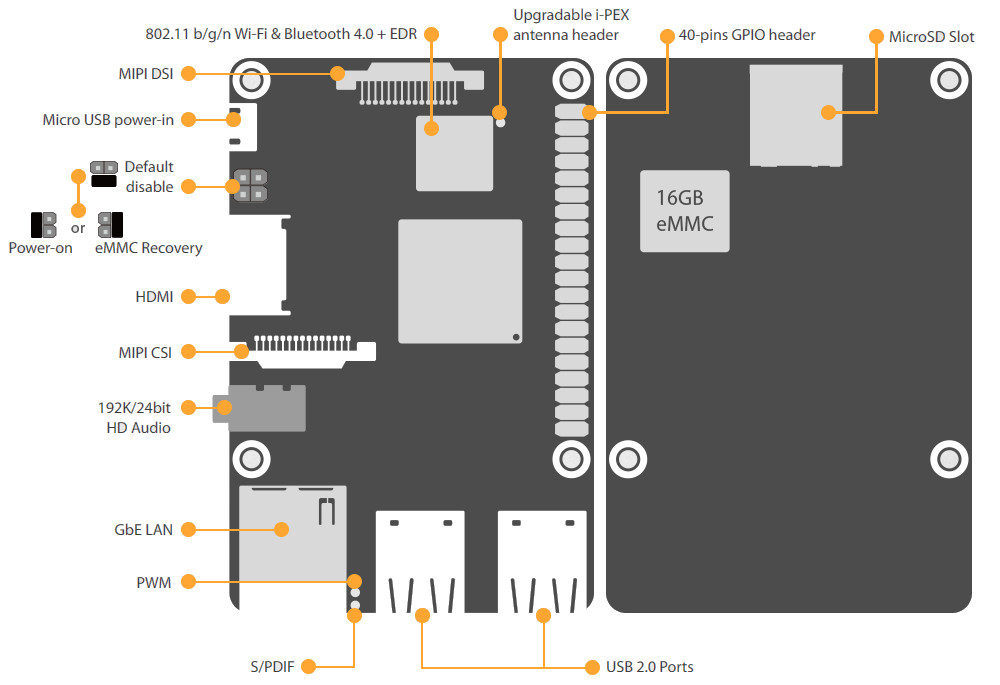- How to Adjust X and Y Axis Scale in Arduino Serial Plotter (No Extra Software Needed)Posted 3 months ago
- Elettronici Entusiasti: Inspiring Makers at Maker Faire Rome 2024Posted 3 months ago
- makeITcircular 2024 content launched – Part of Maker Faire Rome 2024Posted 5 months ago
- Application For Maker Faire Rome 2024: Deadline June 20thPosted 7 months ago
- Building a 3D Digital Clock with ArduinoPosted 12 months ago
- Creating a controller for Minecraft with realistic body movements using ArduinoPosted 1 year ago
- Snowflake with ArduinoPosted 1 year ago
- Holographic Christmas TreePosted 1 year ago
- Segstick: Build Your Own Self-Balancing Vehicle in Just 2 Days with ArduinoPosted 1 year ago
- ZSWatch: An Open-Source Smartwatch Project Based on the Zephyr Operating SystemPosted 1 year ago
Asus Tinker Board S offers Greater Durability, Better Stability and an Improved User Experience

Asus unveiled a minor upgrade to its open-spec Tinker Board SBC. Like the original, the Tinker Board S combines a quad-core, Cortex-A53 Rockchip RK3288 SoC with a 40-pin Raspberry Pi-style expansion connector. The upgrade is primarily notable for the addition of 16GB of eMMC storage.
In addition to the new eMMC, which joins the previous microSD slot, the Tinker Board S adds CEC support to the 4K/30-ready HDMI port, which lets you “command both Tinker Board S and a TV with a single remote control,” says Asus. The HD audio ready 3.5mm audio jack now offers plug-in detection and auto-switching from other audio interfaces, and the I2S interface now offer Slave mode, as well as an improved API.
New power management features include low-voltage input detection on the micro-USB port to ensure stability when using a non-qualified power supply. There’s also a new 2-pin power-on header.
The new Asus board runs a Debian-with-LXDE based TinkerOS distro and supports Android. No pricing was indicated.

















 English
English Chinese (Simplified)
Chinese (Simplified) Dutch
Dutch French
French German
German Italian
Italian Portuguese
Portuguese Spanish
Spanish